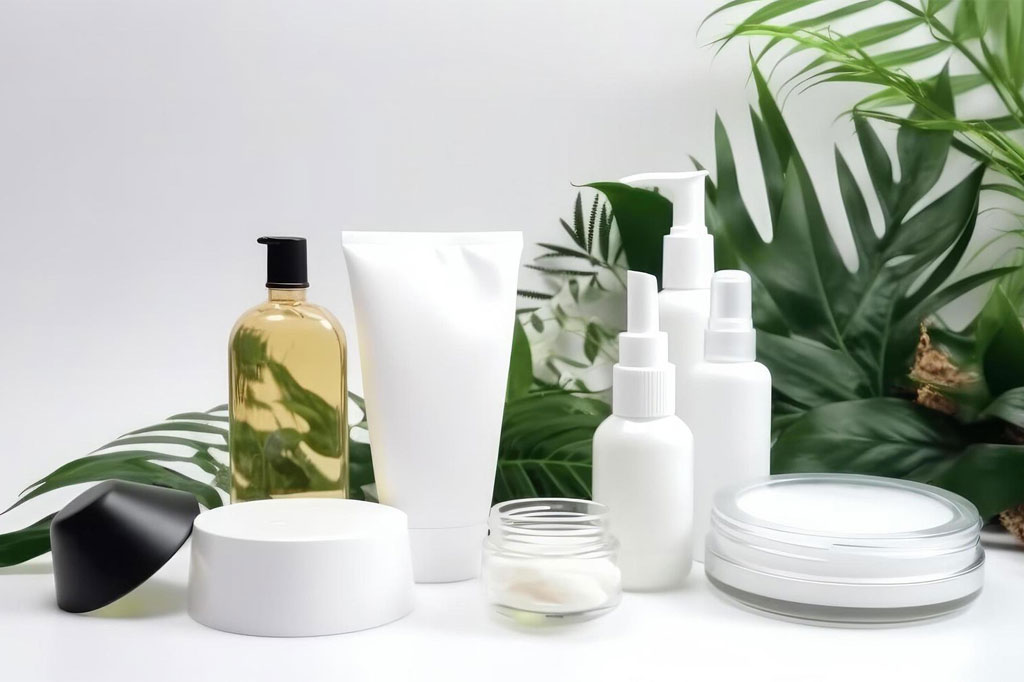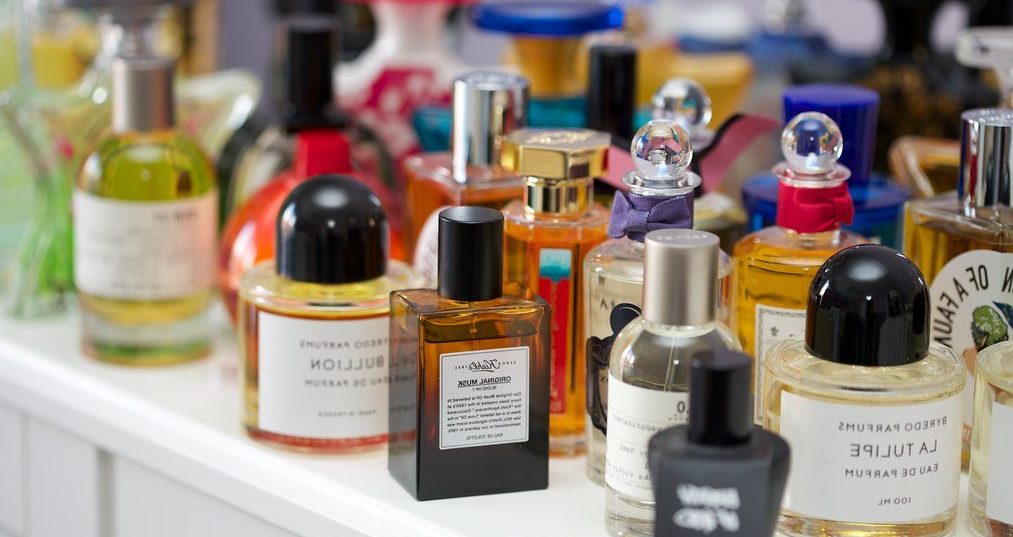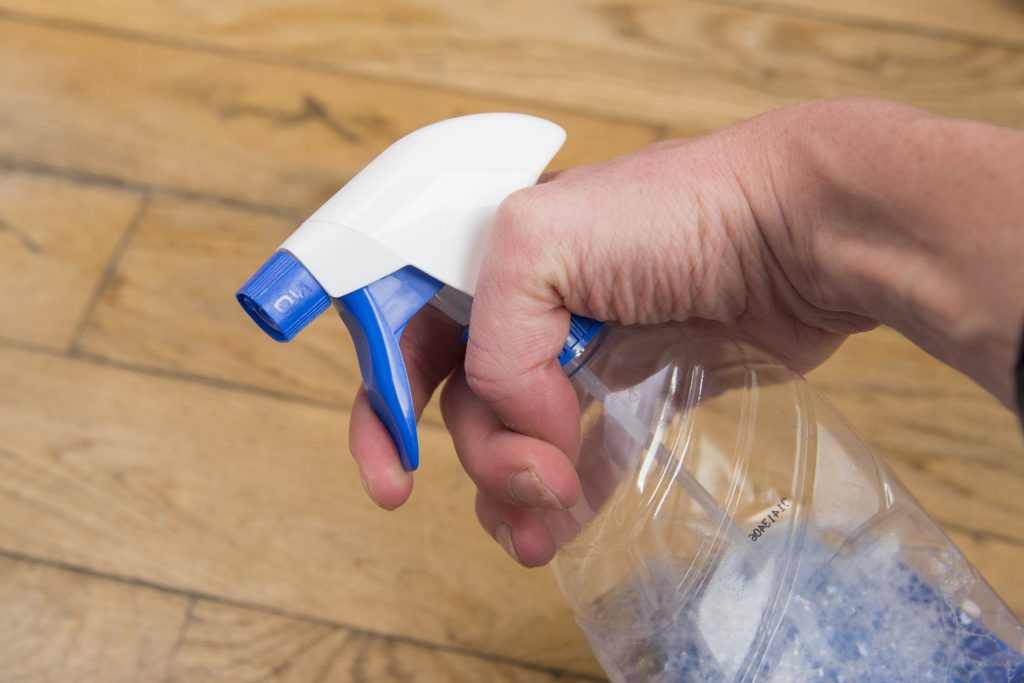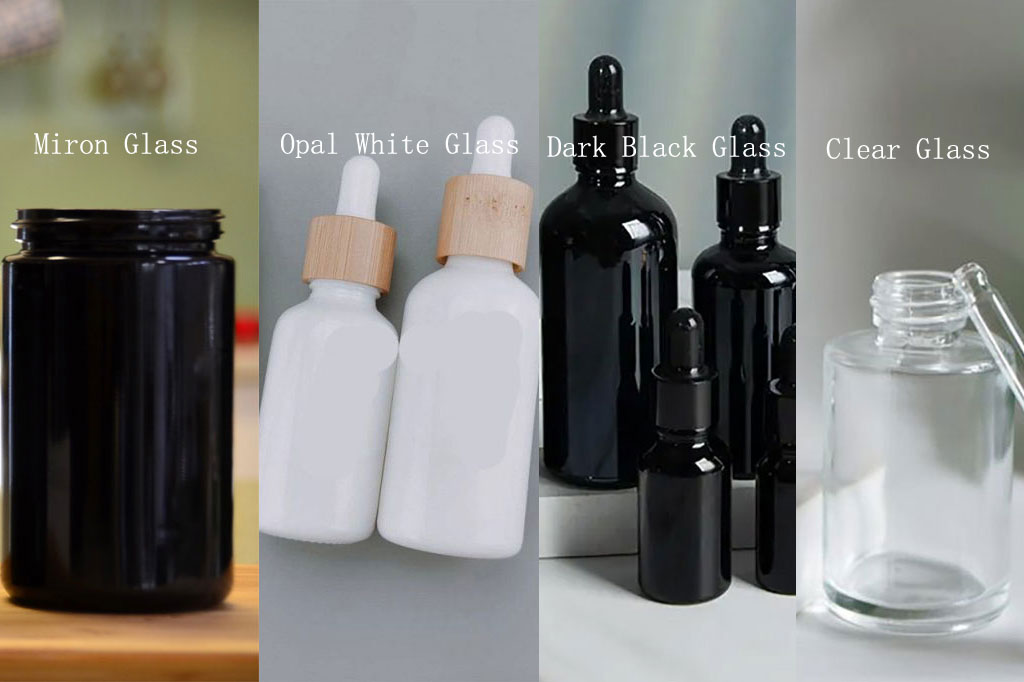In recent years, the beauty and personal care industry has increasingly embraced sustainability, responding to consumer demand for eco-friendly practices. A major advancement in this shift is the adoption of BPA-free packaging. Bisphenol A (BPA), a chemical commonly used in plastic production, has raised concerns over its environmental impact and potential health risks.
But how does this shift help the environment? Let’s explore the benefits.
1. Reducing Toxic Waste in Landfills
BPA is widely used in the production of polycarbonate plastics and epoxy resins, which are often found in the packaging of cosmetic products such as skincare creams, lotions, and foundations. Traditional plastic packaging, even when BPA-free, has a major environmental downside. It takes hundreds of years for plastics to degrade in landfills, releasing toxins into the soil and water in the process. By switching to BPA-free alternatives, brands reduce the harmful chemicals released into the environment, mitigating the toxicity that contributes to long-term environmental damage.
BPA-free plastic alternatives, such as PET, can be more easily recycled and break down less toxic in the environment, ensuring that the plastic waste doesn’t further pollute the earth. Furthermore, opting for materials like glass, aluminum, or biodegradable options for packaging further reduces the reliance on non-biodegradable materials.
2. Preventing Chemical Leach into the Environment
The leaching of chemicals from BPA-containing plastics into the environment is a significant concern. BPA is known to migrate from packaging materials into the products themselves, and from there, it can potentially contaminate water sources when it is washed down the drain. BPA is also an endocrine disruptor, meaning it can interfere with hormonal systems in humans and wildlife, potentially causing developmental, reproductive, and ecological imbalances and health issues.
By moving to BPA-free packaging, cosmetic companies eliminate this risk. This transition helps safeguard aquatic ecosystems and reduces the risk of chemical accumulation in wildlife and water supplies. Reducing chemical exposure to ecosystems can help preserve biodiversity and prevent disturbances in the reproductive cycles of aquatic and terrestrial animals.
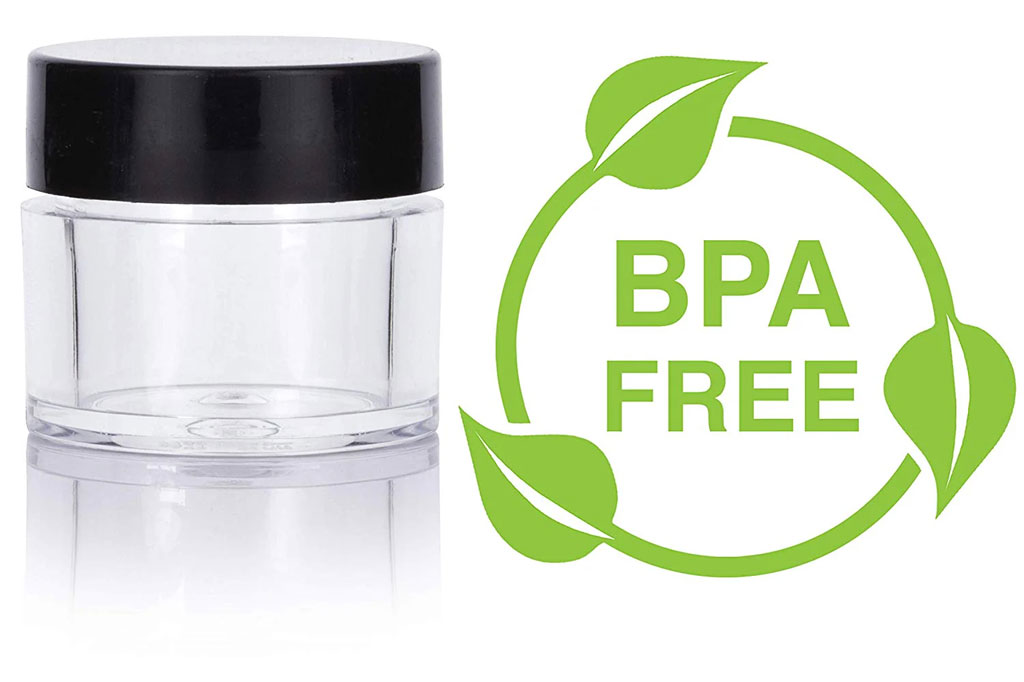
3. Promoting Circular Economy Principles
One of the key environmental advantages of BPA-free packaging is that it can be more easily integrated into circular economy models. Traditional plastic packaging, particularly those containing BPA, can be more challenging to recycle due to the complex chemical composition. On the other hand, BPA-free plastics or alternative materials such as biodegradable plastics, glass, or aluminum have clearer recycling pathways.
For instance, brands that switch to BPA-free packaging made of glass or aluminum not only reduce the environmental impact of production but also contribute to the recycling process. Glass and aluminum are highly recyclable materials, and when used in cosmetic packaging, they can be reused multiple times, reducing the overall waste produced by the industry.
Furthermore, many eco-conscious cosmetic brands promote the use of refillable or reusable containers as part of their sustainability efforts. By promoting products that can be refilled and reused, these companies help reduce the need for single-use packaging, which has a significant environmental footprint.
4. Reducing Carbon Footprint
The production of plastic, including BPA-containing plastics, is energy-intensive and generates significant greenhouse gas emissions. By adopting BPA-free alternatives such as plant-based plastics or recycled plastics, companies can significantly reduce the carbon emissions associated with packaging production.
Furthermore, packaging made from recycled materials, such as recycled glass or aluminum, reduces the need for virgin raw materials and the energy required to produce them, lowering the carbon emissions associated with cosmetic packaging.
5. Supporting Consumer Awareness and Responsibility
The shift to BPA-free cosmetic packaging also encourages consumers to make more environmentally responsible purchasing decisions. As awareness of the environmental and health risks associated with BPA grows, consumers are increasingly demanding products that are free of harmful chemicals. Companies that adopt BPA-free packaging can appeal to these eco-conscious consumers by demonstrating their commitment to environmental sustainability.
This consumer demand drives the broader industry to reconsider its environmental impact, fostering a culture of sustainability and innovation. By voting with their wallets, consumers help incentivize brands to invest in packaging solutions that are both safe and eco-friendly.
Conclusion
Switching to BPA-free cosmetic packaging is a step forward in minimizing the environmental harm caused by toxic plastics. From reducing chemical leach into ecosystems to promoting recycling and reducing carbon footprints, the benefits of BPA-free packaging extend far beyond health considerations.
With continued innovation in packaging materials and consumer awareness, the shift to BPA-free packaging is a crucial element in the beauty industry’s larger journey toward sustainability.

